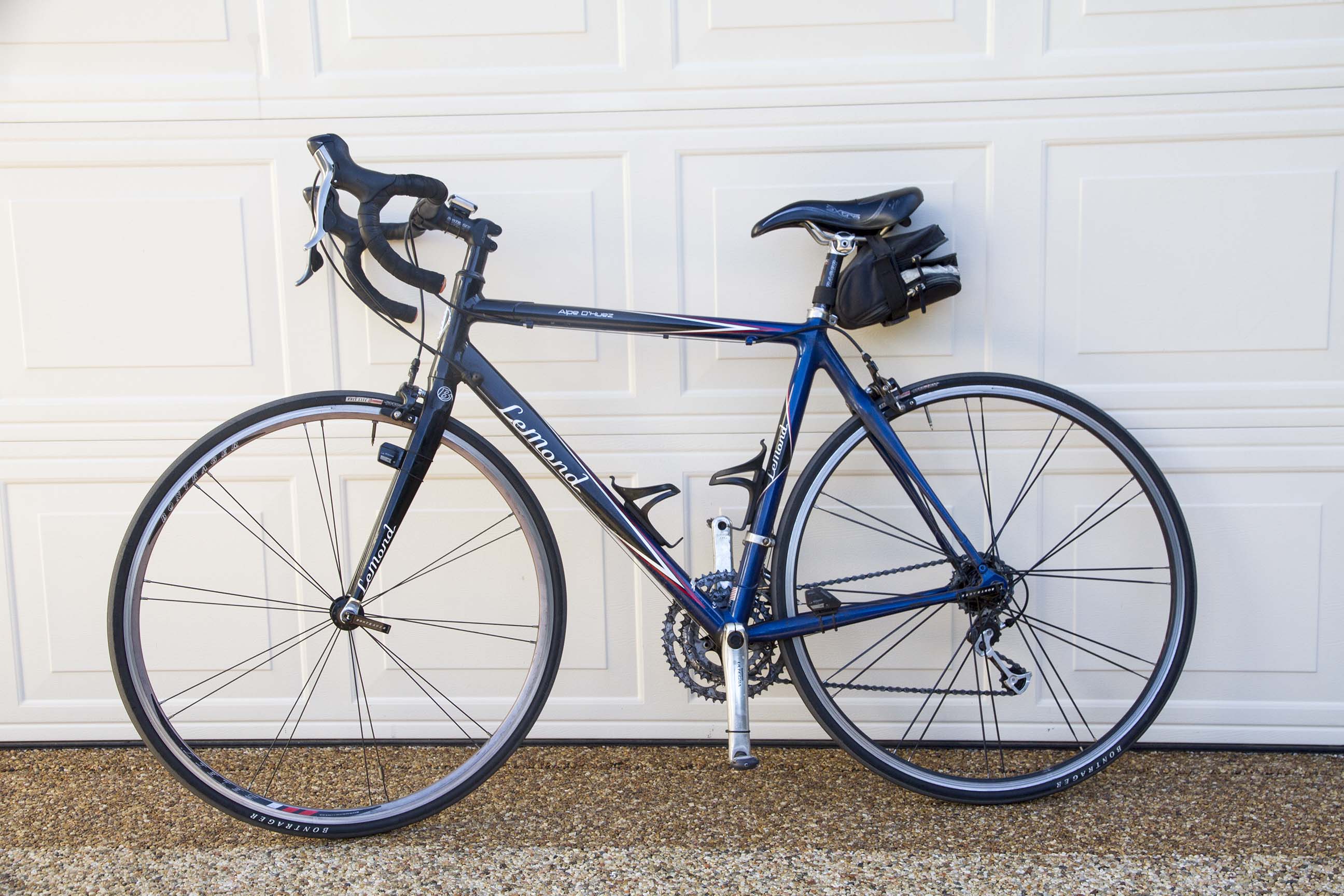But What About Me?
Perhaps you recognize this line from Bull Durham. Up until now, our focus has been on moving objects. This has meant we are focused on the agents and not the object. In cycling, this is certainly important as it is the cyclist that makes the cycle move.
But not always. Cyclist routinely stop pedaling and let the cycle do its thing. This happens when coasting or making descents. So if the cyclist is not pedaling, who is making the cycle move? Who is in charge when that happens? The answer is the cycle and its inertial motion.
So “what about me” means when we shifting our focus when coasting and descending from the cyclist to the cycle.

What is energy?
How do we know an object can move even though nothing is acting upon it? Again, here is something Aristotle missed in his “thoughtful” analysis of motion. By putting an object in motion or changing its elevation, it is able to coast or make a descent. In mechanics, to what degree an object is able to do this is measured as its energy and it is a measure of the current state of the object to perform work on its own.
When taking introductory Physics, I was doing great right up until we moved from power to energy. Work followed forces and power followed work. I assumed energy followed both of them. What I missed was the change in focus to the object being acted on.
Think about getting up in the Morning and saying to yourself, “I feel really energized!” What are you implying? You feel like you are going to get a lot done that day. How did you get energized?

You did things to your body. You avoided alcohol, ate well balanced meals, and got a restful night’s sleep. In a way, you did things to your body that put you into this energized state.
How Cycles Get Energized
There is a connection between work and energy, but they are not the same. An object acquires energy in one of two ways. It can store kinetic energy through an external agent working to put it into a state of motion, or it can store potential energy by that agent working to move it to a higher elevation. An object’s energy is therefore a measure how much motion and elevation the object current has.
Why do cyclists pedal? Up until know, we have operated under the assumption that cyclists pedal to overcome resistive forces. But what happens when they pedal harder than they need to or when they are climbing? The cyclist is increasing the energy available to the cycle.

They are effectively storing currency in the cycle bank that they can tap into later on. Excess pedaling on the flats will result in increased velocity which makes a deposit into the cycle’s kinetic energy account. Climbing up a hill makes a deposit to the cycle’s potential energy account.
How does a cyclist make withdrawals from the cycle’s energy bank?
This is the easy part. The cycle has two accounts that the cyclist can make withdrawals from. A withdrawal from the Kinetic Energy Account is done when the cyclist stops pedaling and coasts. A withdrawal for the Potential Energy Account is done when the cyclist is descending.
Next Topic: Cyclist-Cycle Modeling
